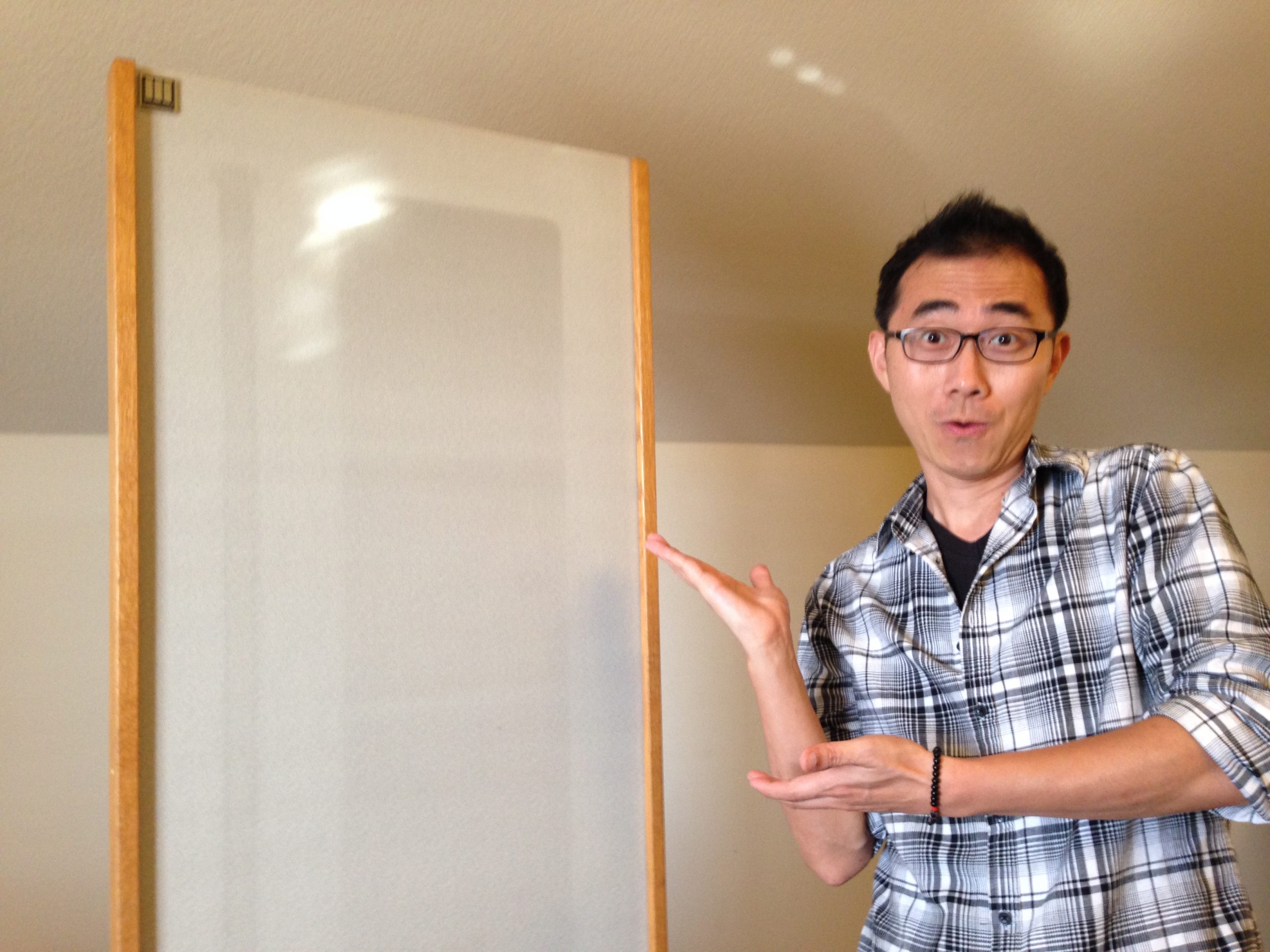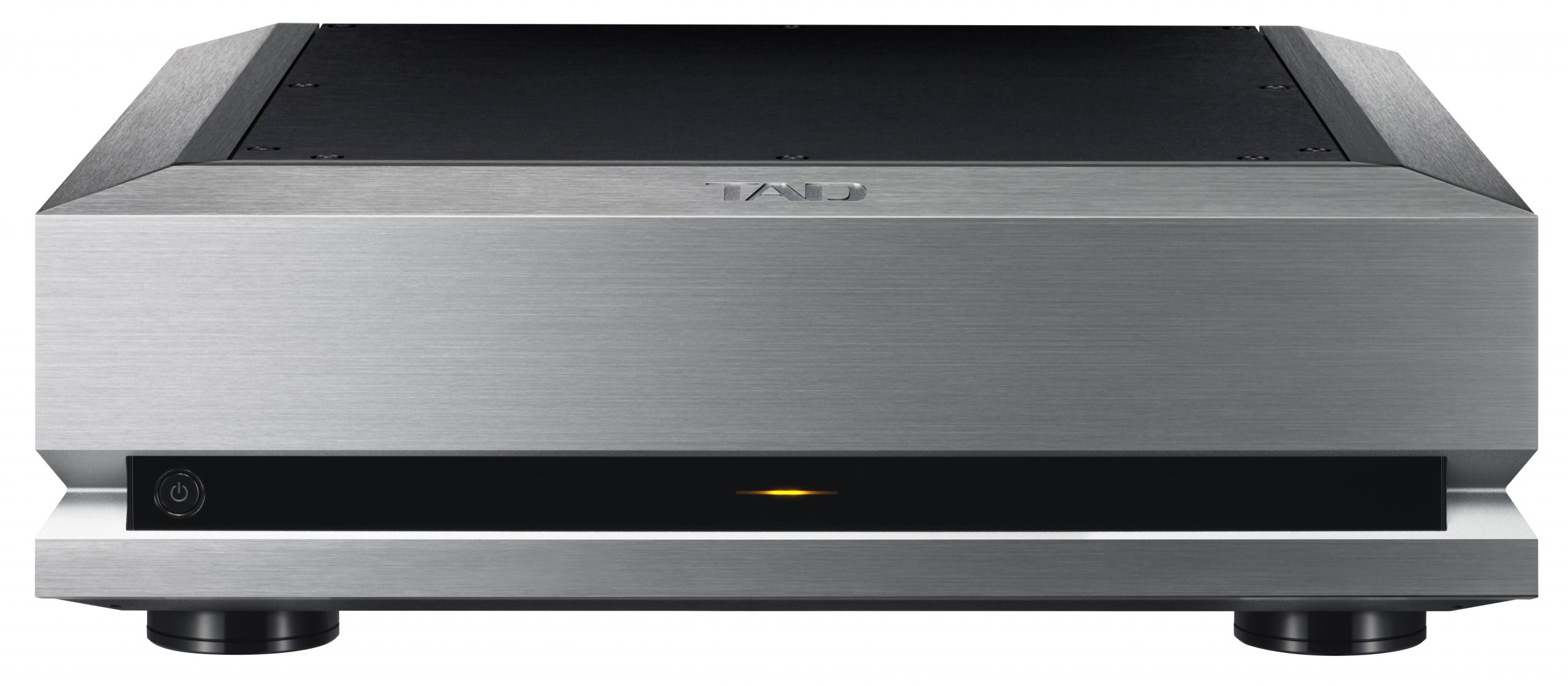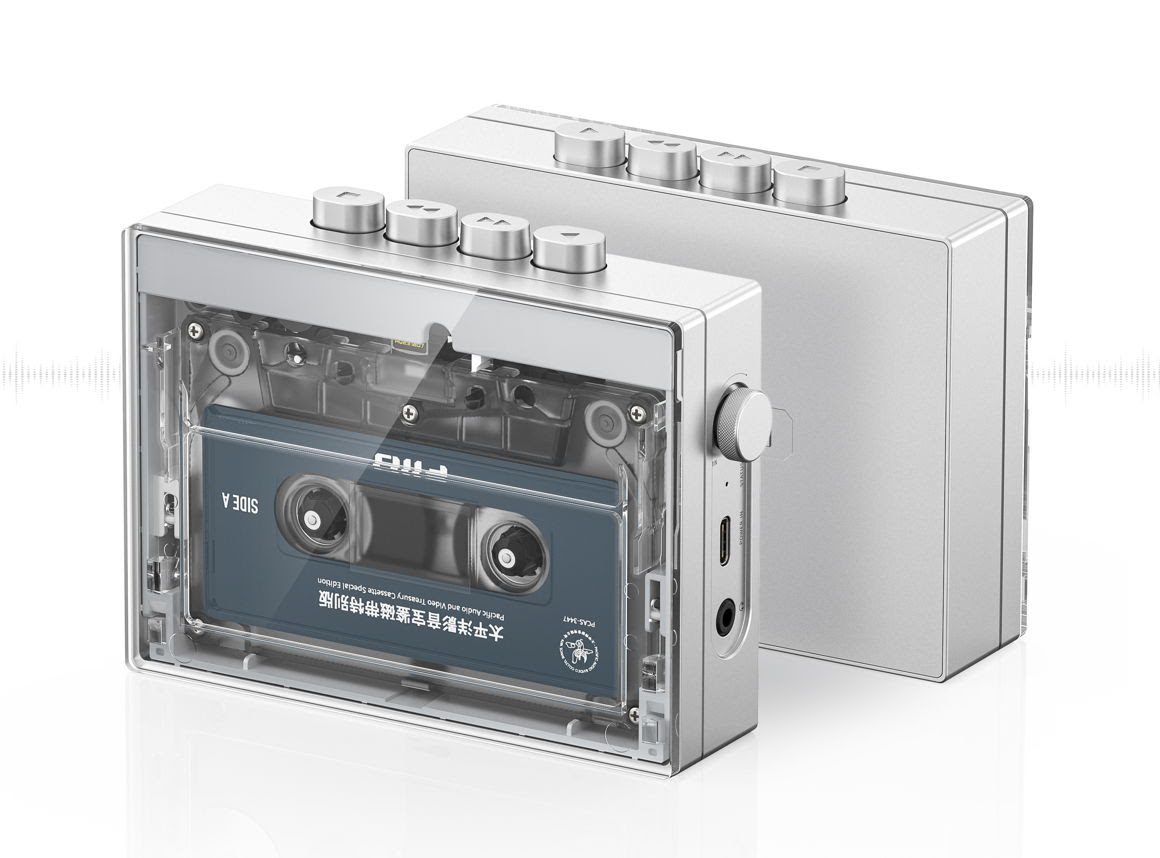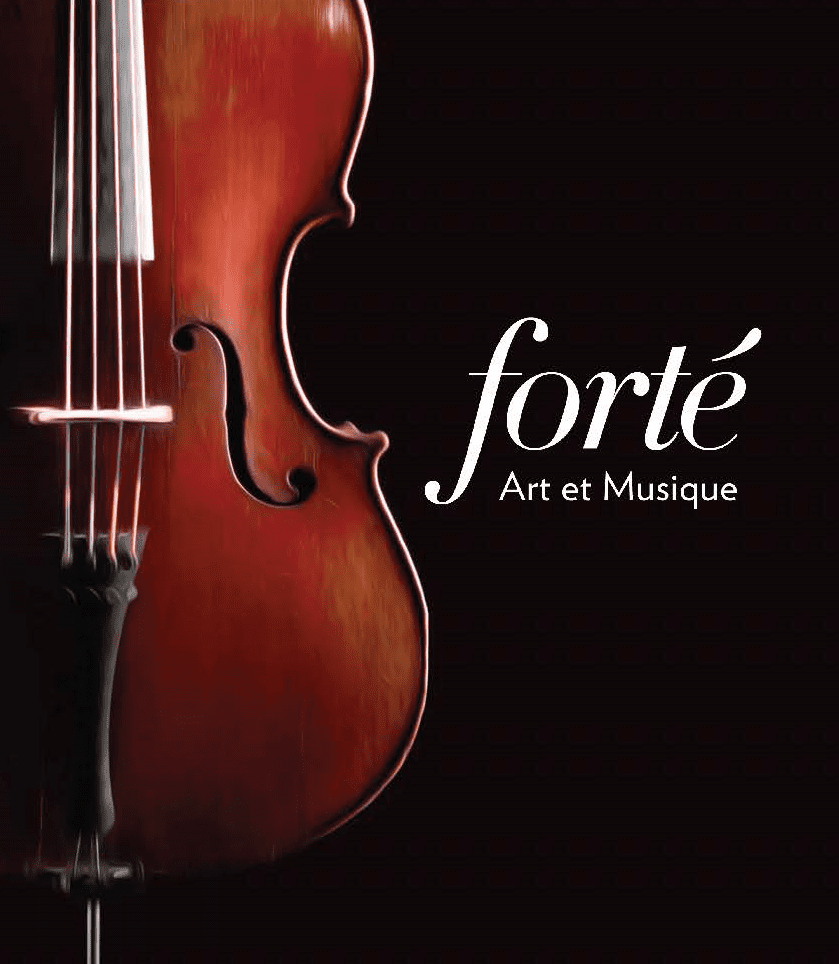
First impressions are mostly right, except when it comes to Magnepan speakers. On first audition, their sound may not grab you like that of conventional speakers. They’re certainly not flashy-sounding. But that is part of their allure.
And it’s one reason why I’ve been living with Magnepan speakers for over 10 years. Mine is an old model, the MG-2.5R, but having listened to several later models, I’ve concluded that Magnepans all share a similar overall sound. It’s why I feel confident in telling you that if you’re someone who has only heard conventional box speakers and are about to audition a pair of Magnepans for the first time, the experience can be quite new and foreign, maybe even off-putting. And that’s where you might commit the error of rejecting them out of hand after a 10-minute audition.
As a fan of these flat-faced wonders, I feel compelled to tell you the 3 things I learned about them:
1. They sound shockingly realistic
They have sonic limitations, which I’ll get to, but in exchange they possess a single, hard-to-miss strength: they sound strikingly real. And that strength outweighs their limitations for many. These are the people who end up keeping them.
We audio enthusiasts often talk about the experience of hearing the artists on a recording sound as if they’re right there in the listening room, but as a Maggie owner, I feel the term is bandied about too liberally. The Magnepans produce this effect like no box speakers I’ve heard.
I’ve put many speaker models up against the Maggies in my home. Some won — overall. But even these could not defeat the Maggies in the musicians-in-the-room aspect, especially with singers. Set up correctly, Maggies literally air-paint the singer right in front of you.
2. They don’t know how to be “in your face”
Alas, Magnepans also do a few things rather poorly compared to many conventional box speakers. Most glaringly, they can seem to lack punch, or sound veiled. And yet, I stick to my earlier statement—despite their limitations, Magnepans can sound unusually realistic.
Therein lies the danger of trying to describe the sound of music in words. How can the sound of the same pair of speakers be described as both “veiled” and “realistic”? Having lived with Magnepans for a long time, I can assure you that both would be correct words to describe the Maggies’ sound. It’s a question of semantics. The language I would use to describe what some people may consider the Magnepans’ most pronounced limitation is their total absence of forwardness.
This can lead to confusion because different people would characterize this absence of forwardness differently. It might be interpreted as “veiled”, “lacking in punch”, or “soft”. Or it might be interpreted as “natural”.
So when you audition a pair of Magnepan speakers for the first time, try not to let your mind dumb down the listening experience with words. Instead, allow your heart to become the judge. If you still end up not liking Magnepans, then by all means move on to something with a more in-your-face personality.
3. They’re not a cheap date
Your first date with Magnepans—the purchase—isn’t that expensive. In fact, Maggies are one of the best bargains in the industry. But from the second date on, things can get pricey. Maggies appreciate attention, even “gifts”, from the owner. Lots of TLC, so to speak. Such as:
Space: They don’t like studio apartments. They prefer living in a mansion. Being a dipole design, in which sound is projected simultaneously forward and backward, they need plenty of space.
Wire Delamination: Its inner design is basically electric wires glued to a Mylar plastic sheet. The trouble is, the glue in some models ends up drying up over time. When that happens, the wires will tend to vibrate against the Mylar, causing buzzing or rattling. This can be fixed by applying better glue* to delaminated wires. It isn’t hard to do but it takes time.
Thankfully, this problem only exists with older models because Magnepan changed the type of glue they use starting from around 2005.
Amplification: It’s not unusual to see Maggie owners buy an amp that’s much more expensive than the speakers themselves. No surprise, because Maggies are power-hungry and inefficient. The dilemma many Magenapen owners with lower watt amplification face is they hear the potential of their Maggies being unrealized.
Feet: Magnepans sound beautiful as they are but replacing their factory ski feet with aftermarket ones will take their performance up another level. One benefit is lower bass extension, which, in my case, amounted to about 10Hz more extension than the original specification (yes, I measured it). I use custom feet from the company Mye Sound.
Crossover: Many people have upgraded the crossover in their Maggies with excellent results. Several options to do so are available online and are worth checking out.
There you have it, the three things I learned about Magnepans that I found worth sharing. But perhaps the most important point I want to make is this: Magnepans sound decidedly anti-hifi. Rather, they sound natural and realistic without ever getting in your face.
While I don’t suggest that anyone make a speaker-buying decision after a 10-minute audition, it’s exactly what I did with the Maggies. And it turned out to be a wise decision because I ended up keeping them even after I got better speakers overall. In a way, they’ve become my soulmates.
Life is short. I urge you, if the opportunity arises, to listen to a pair of Magnepans, and to do so with an open mind. You may turn out to be like me and PMA colleague Tom Gibbs—Maggie owners for life.
* Dap Contact Cement from Weldwood is what I and many experienced Magnepan owners use.
Read more of this series:
· 3 Things I Learned About… Amplifiers
· 3 Things I Learned About… Interconnects
· 3 Things I Learned About… Digital Playback
· 3 Things I Learned About… Speakers









Leave a Reply